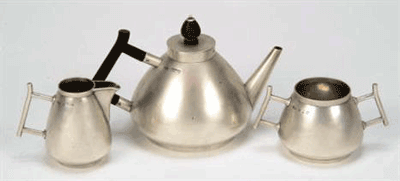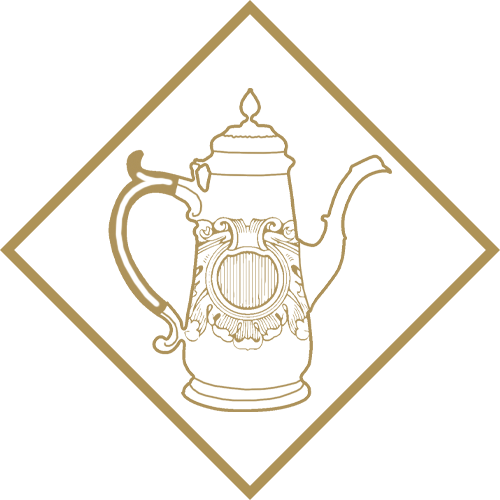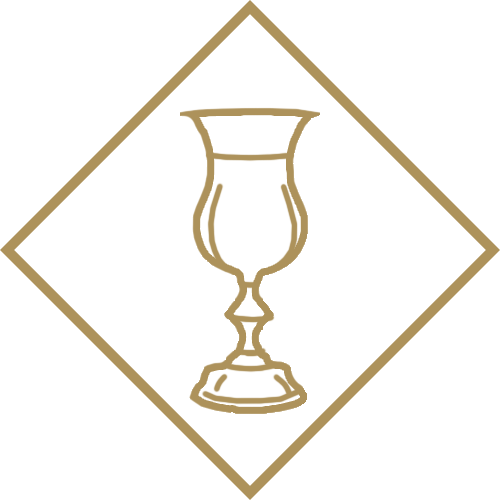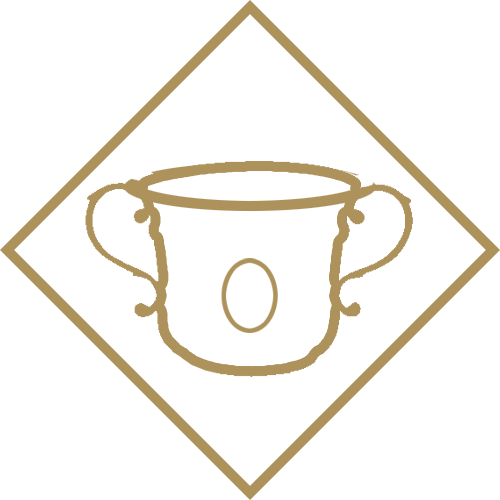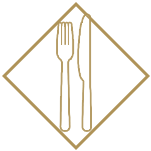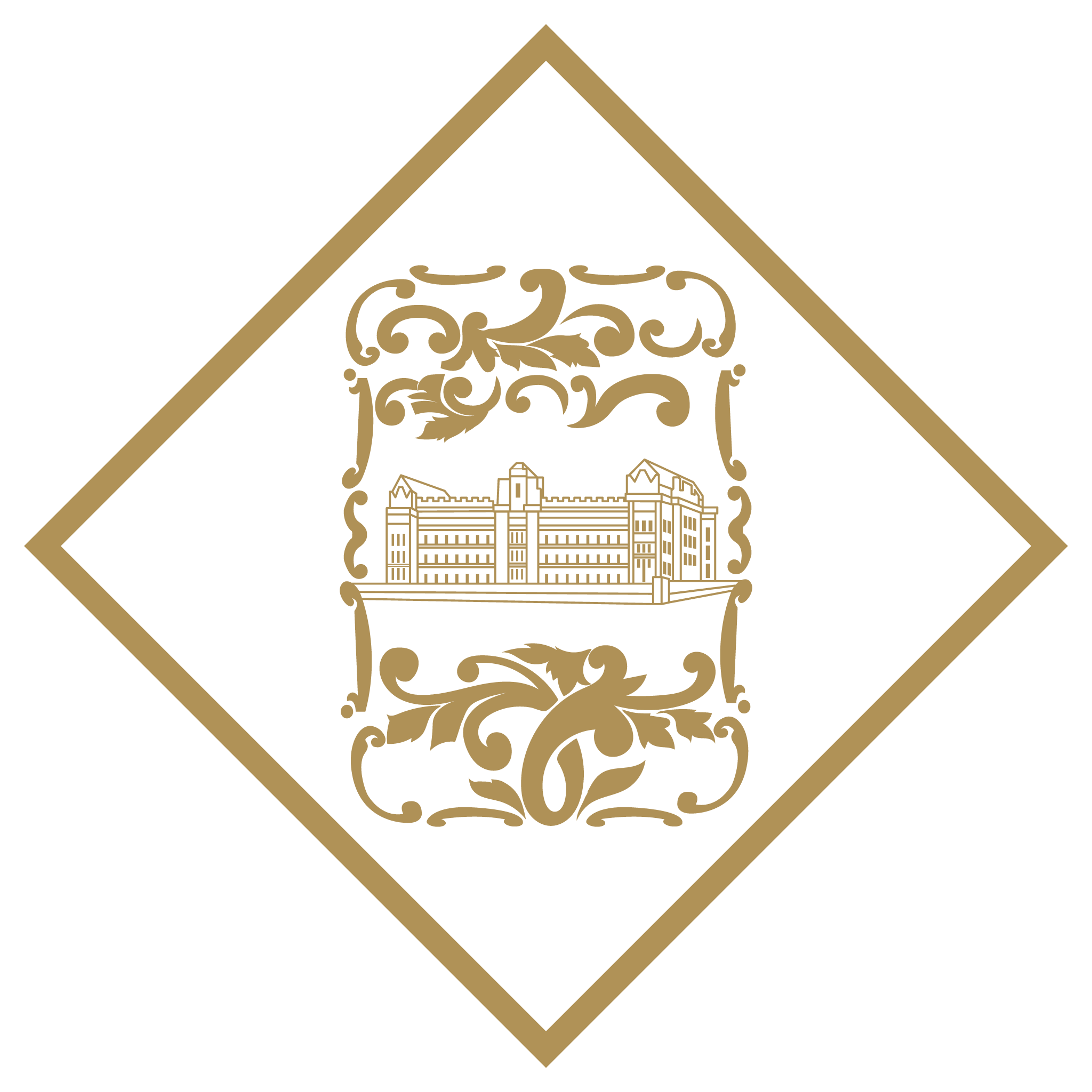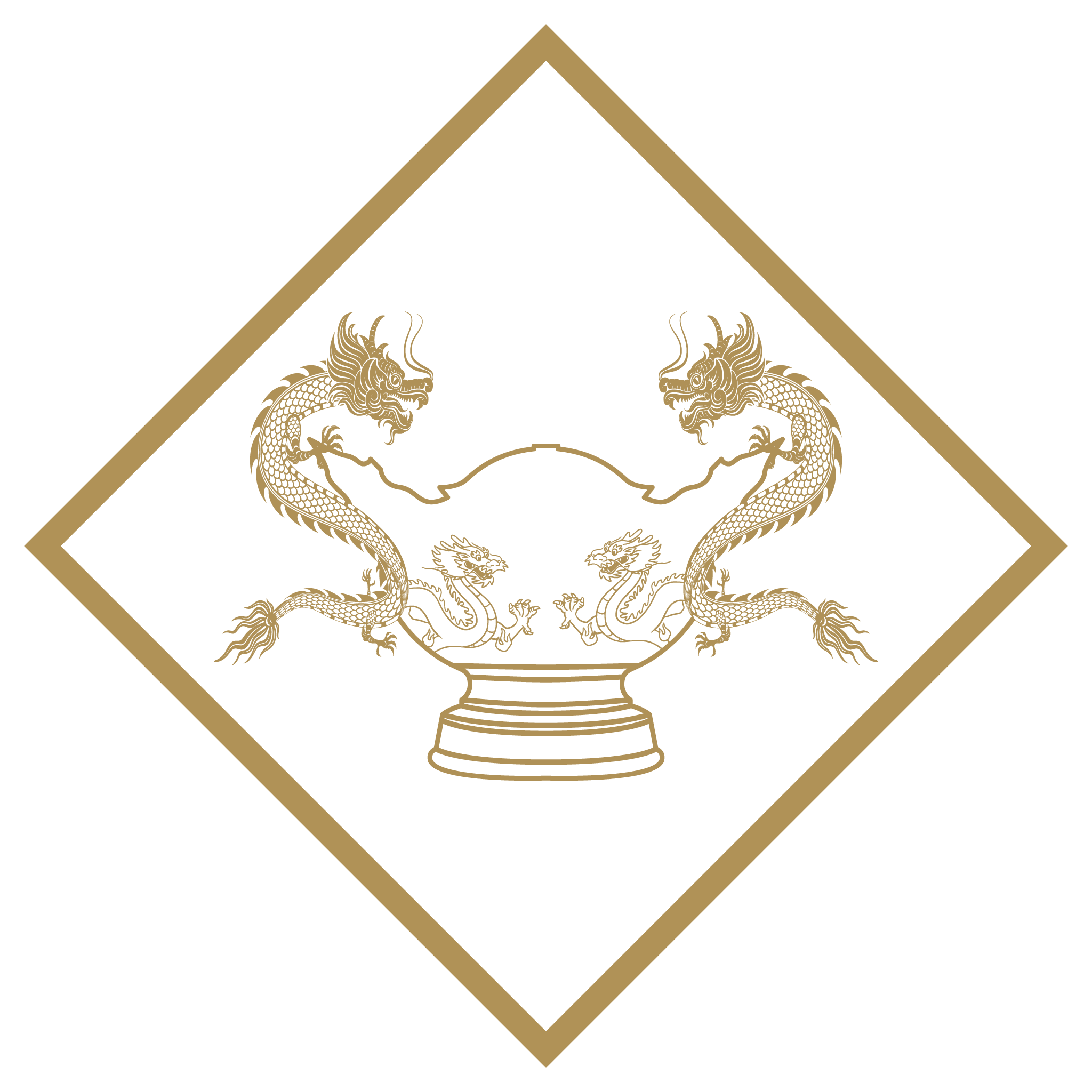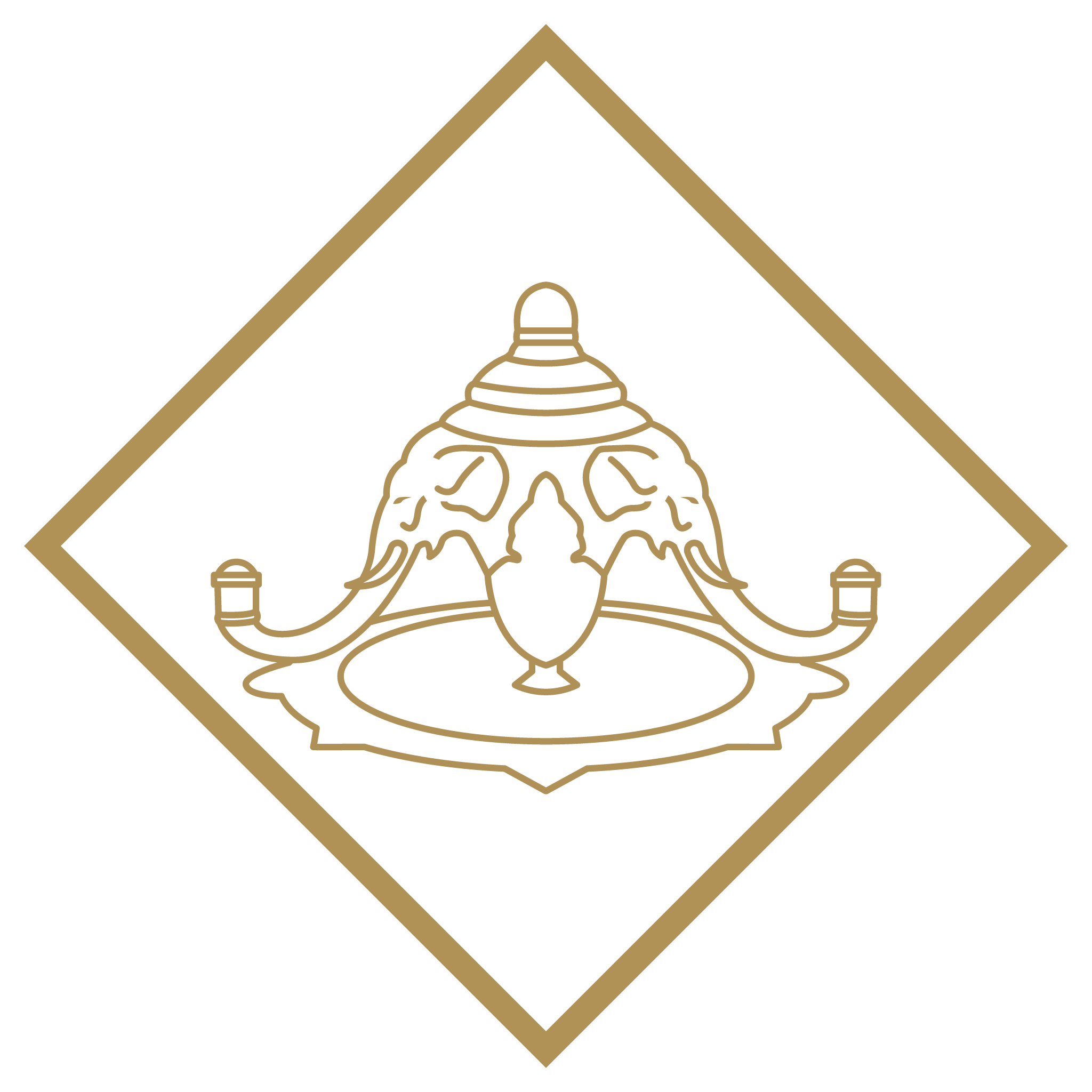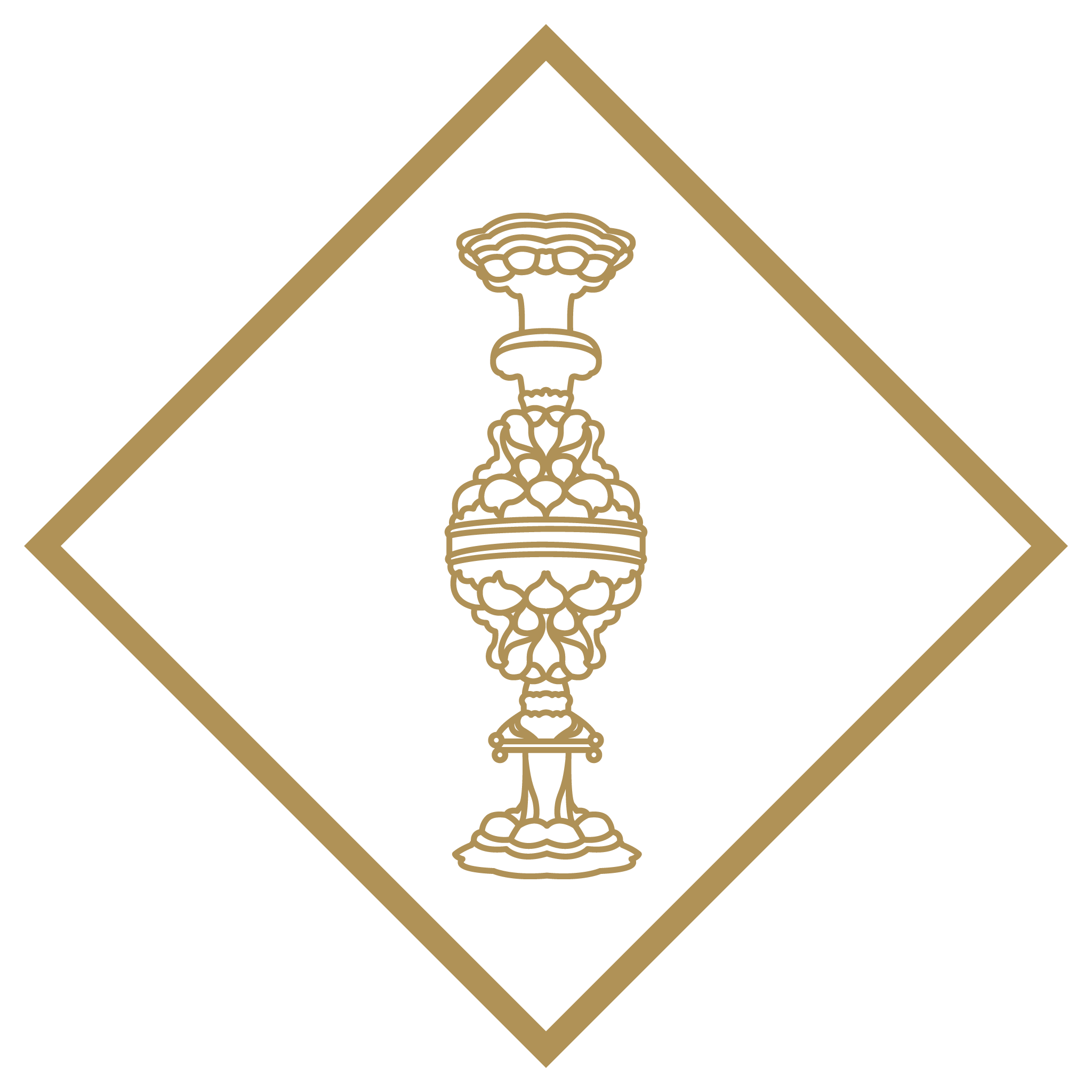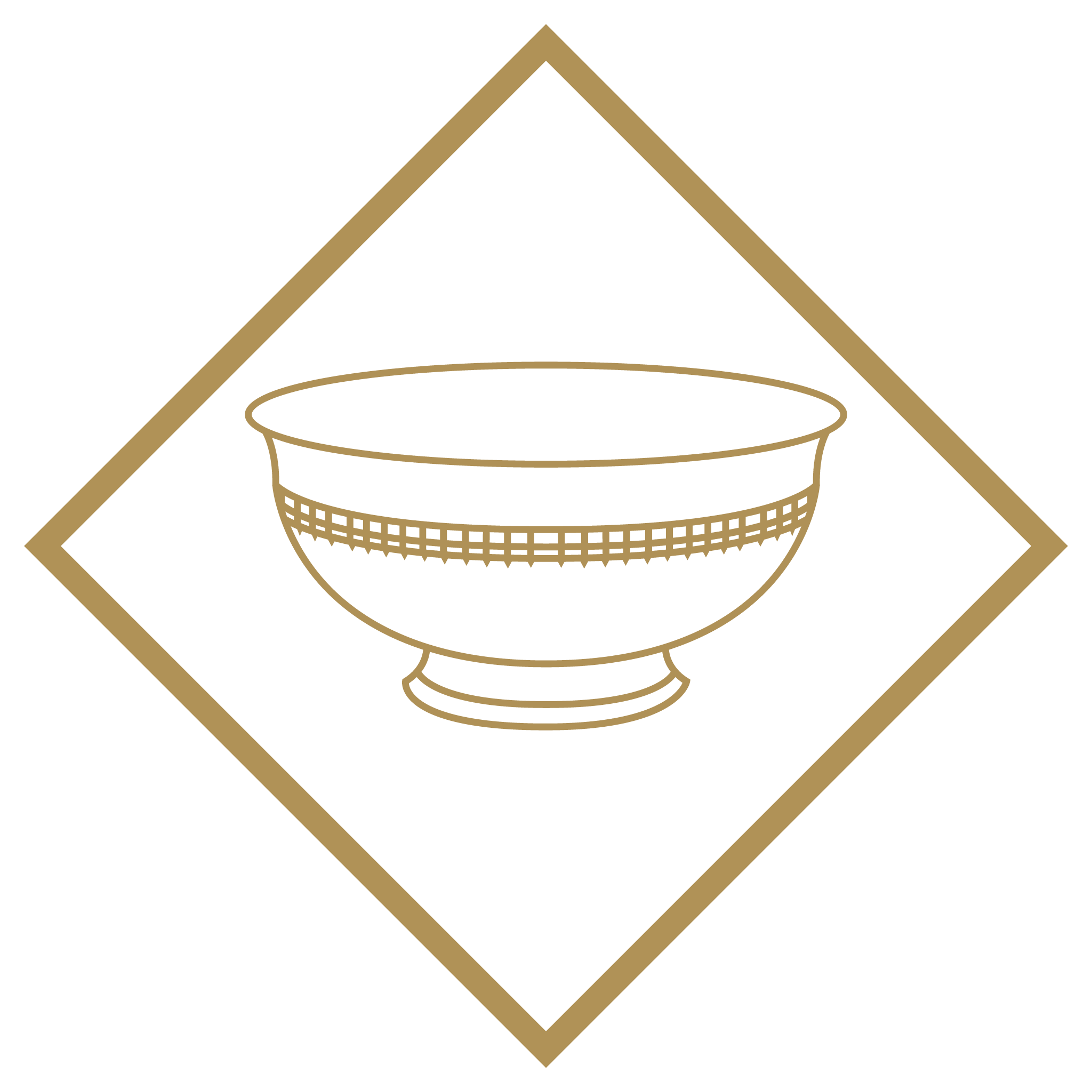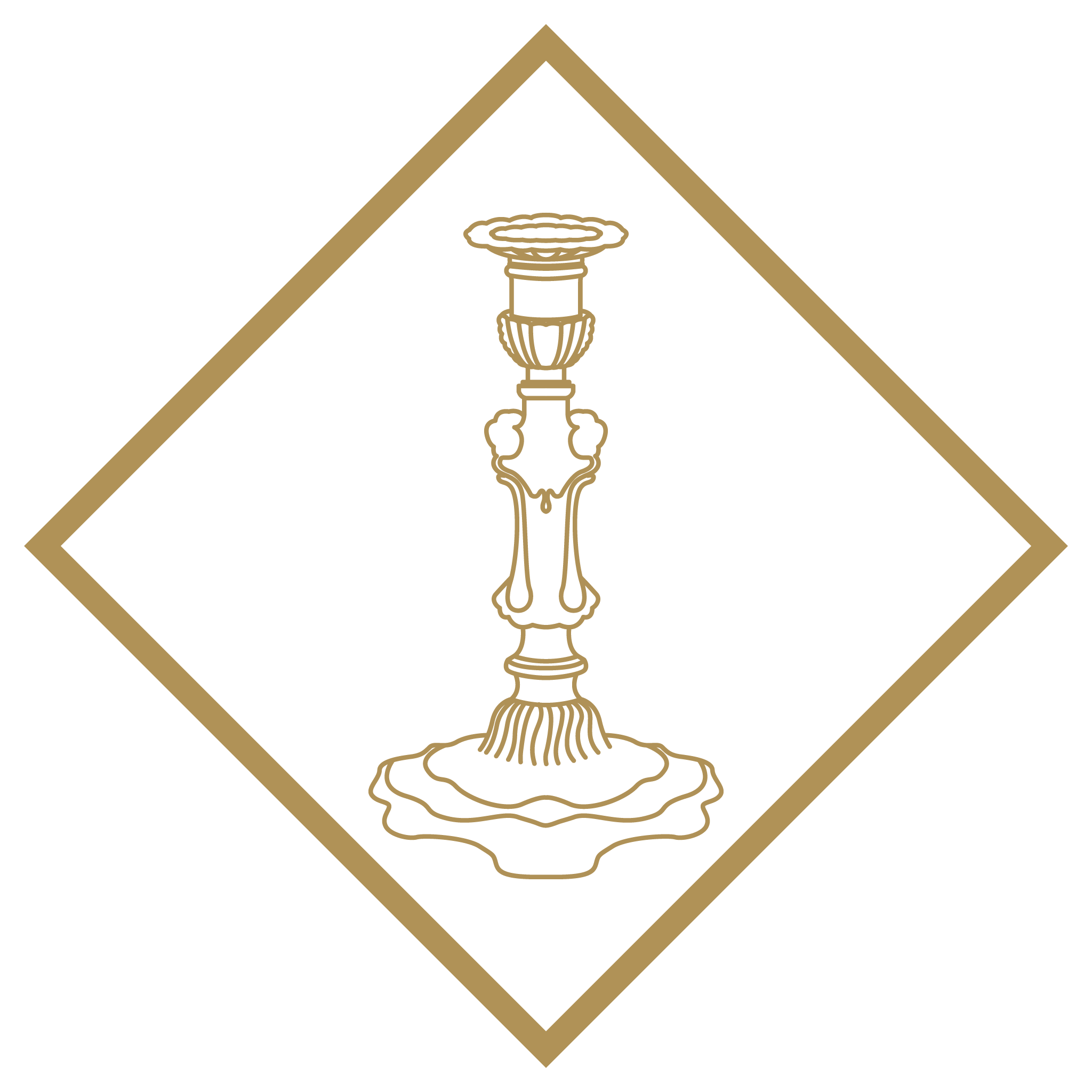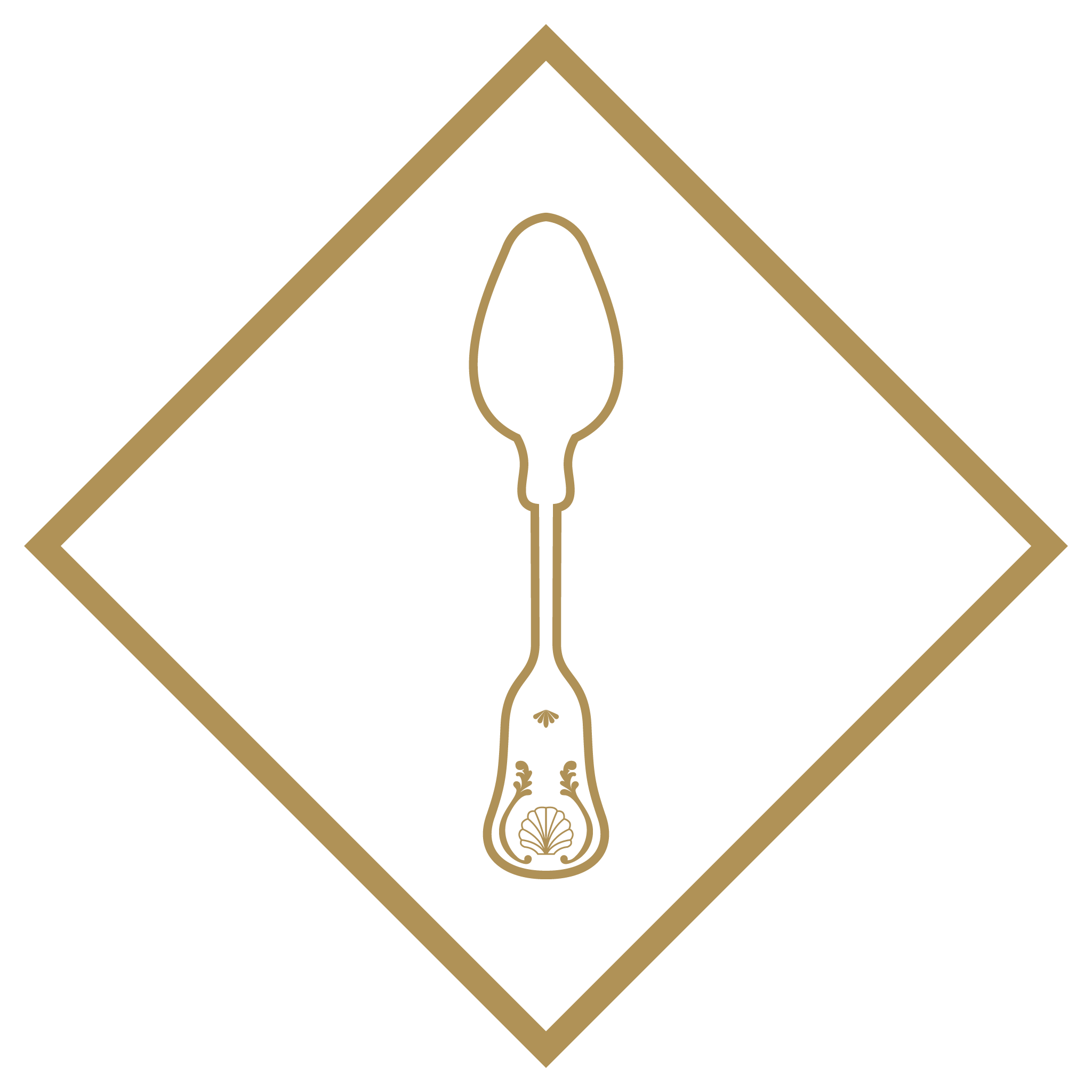The Ultimate Guide To Selling Elkington & Co Silver
Pieces of silver from Elkington & Co. are highly collectable. If you have Elkington & Co. silverware and would like to find out more about the silversmith please read our guide to their history at the end of this page.
Elkington & Co. is a British silverware company that was founded in Birmingham in 1836 by George Richards Elkington and his cousin, Henry Elkington. They were known for their innovative silver plating techniques and beautiful designs, which quickly gained them a reputation as one of the top silversmiths in England.
Their most famous invention was electroplating, which they patented in 1840. This technique involved covering a base metal with a thin layer of silver using an electric current, creating high-quality silver pieces at a more affordable price. This innovation revolutionized the silver industry and allowed Elkington & Co. to become one of the largest producers of plated wares in the world.
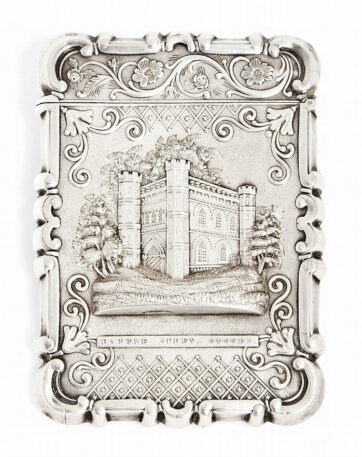
What Is Your Silver Worth?
How To Sell: Auction or Private Sale?
Mark Littler Ltd. are one of the only independent advisers in the antique industry. We offer trusted, independent advice to help you sell your silver for the highest possible price.
Selling at an auction might provide your silver with greater exposure. However, with a combined average of 45% in gross buyers’ and sellers’ fees, this approach might prove to be a false economy.
Conversely, finding a private buyer for your silver through our services could net you 33% more than if you sold it via auction, as our fees are only 12%.
What We Do For You
Simply fill in your contact details below and you will get an automatic referral to a leading silver auction expert who will give you an auction estimate and advise on how to sell with them. We will also see if we are able to get any offer from our private clients.
If we get any offers we will send these within 7 days. All offers are without obligation and there are no fees to pay us if you decide to sell at auction.
Silver Valuation Tips
To get the most accurate valuation of your silver simply ensure you provide the following information:
- What condition is your silver in? Let us know if there are and dents or heavy scratches in the silver.
- How heavy is your item? Please provide a measurement in grams if you can as this helps us determine the gauge of the silver. For instance a silver teapot can weigh as much as 1,000g or as little as 250g. Outwardly the design may look identical but the gauge of the silver is much heavier. This is important as items made from a better gauge of silver were often made by better makers for the upper classes, and as such will have a big impact on the value.
- PROVENANCE! Who owned your item before you did? Is there an interesting presentation inscription on your item that might shine light into it’s former life?
Important Note: this is a valuation service and not a hallmark identification service. Please see this page to learn how to read your hallmarks.
Free Expert Silver Valuations
Use the form below or send images of your silver to be connected with a silver expert.
Get In Touch With A Silver Specialist
"*" indicates required fields
A History of Elkington & Co. Silver
Elkington & Co was founded in 1824 by brothers George and Henry Elkington, and is one of the most world-renowned manufacturers of English silverware. In 1838 the brothers found success when they patented and cultivated an electroplating technique which involved coating a thin layer of metal onto the surface of a workpiece by using an electric current. This process would catapult Elkington & Co. to worldwide recognition.
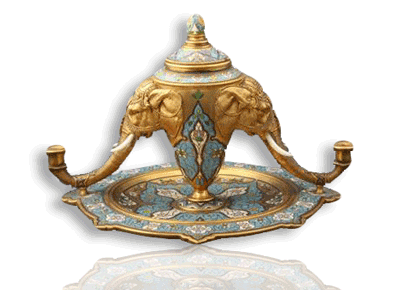
Elkington & Co. in the 19th Century
Having altered how silverware was crafted, by 1860 Elkington & Co. had grown exponentially, becoming the world’s leading maker of silverware. Along with their new tecnique, the exceptional quality of their silver gained the notice of many and lead to countless commissions and awards.
The most notable commission was from Queen Victoria. However Elkington & Co. silverware was seen in a variety of places; from the ladies single trophy at Wimbledon to the dinnerware on the Titanic. As the 19th century progressed, Elkington & Co. continued to exhibit their silverware, receiving the highest of accolades for their extraordinary expertise, artistic skills, and technological advancements.
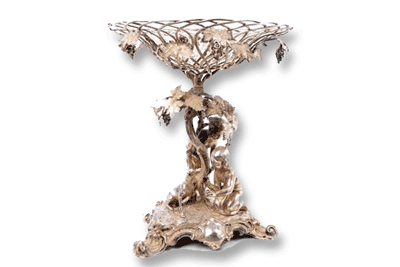
Elkington & Co. Awards & Exhibitions
Elkington & Co. were honoured with the Gold Medal of excellence at the Great Exhibition in Crystal Palace, Hyde Park where their exceptional artistry and innovative skill were celebrated. In 1843 Prince Albert became a patron and collector, a tradition which continues today. One can see the vast collection at the Victoria and Albert Museum which houses the world’s largest collection of Elkington & Co. silverwares in the Silver Galleries.
Elkington & Co. were influenced by a range of styles and designers. For example, upon seeing a display of Japanese art at the 1862 Paris exhibition, Elkington & Co. cultivated a range of enamelled wares influenced by the Japanese designers and exhibited them at the Paris exhibition in 1867, as well as the Philadelphia Centennial Exhibition in 1876.
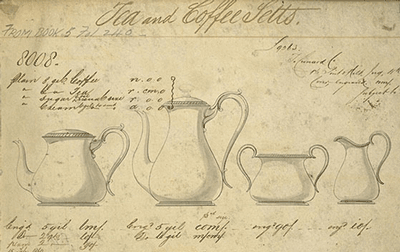
Elkington & Co Designers and Colaborations
Some of the most notable designers at Elkington & Co. were Auguste-Adolphe Willims, Léonard Morel-Ladeuil and Christopher Dresser. Auguste-Adolphe Willms was a French designer who worked who joined Elkington & Co. and had a prosperous relationship with them until his death. He was greatly inspired by medieval European, Islamic, and Japanese art. Some of his most notable designs were of perfume burners, vases and plates. Léonard Morel-Ladeuil was a French designer who remained with Elkington for over 20 years. One his most prominent works were of “Milton Shield: Paradise Lost”, a masterpiece in repousse steel and silver which stole the show at the Paris Exhibition. Christopher Dresser, another designer in the 19th century, was heavily influenced by both Japanese and abstract art. Known as “the father of industrial design”, his designs at Elkington and Co. reflect his love of the botanical world. His works were analytical, scientific and full of absolute precision. In his illustrious career for Elkington & Co., he supplied designs for silver, ceramics, plates, glass and textiles.
The tremendous influence of Elkington & Co. can be found all over the world. From silver and electroplating to home tableware to fine art, their innovative experiments allowed them to improve their techniques resulting in glorious wares. The success of Elkington and Co. is a tribute to the extraordinary quality of their products.
